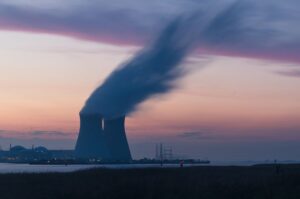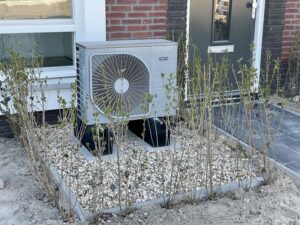A sustainable energy system must be clean, green, and renewable, and at the same time, energy must be accessible to communities worldwide at affordable prices.
But the reality is that all the sustainable energy sources and production systems only embrace some of these four characteristics. The only way to create a sustainable approach to a fair energy system is to adopt the most efficient combination.
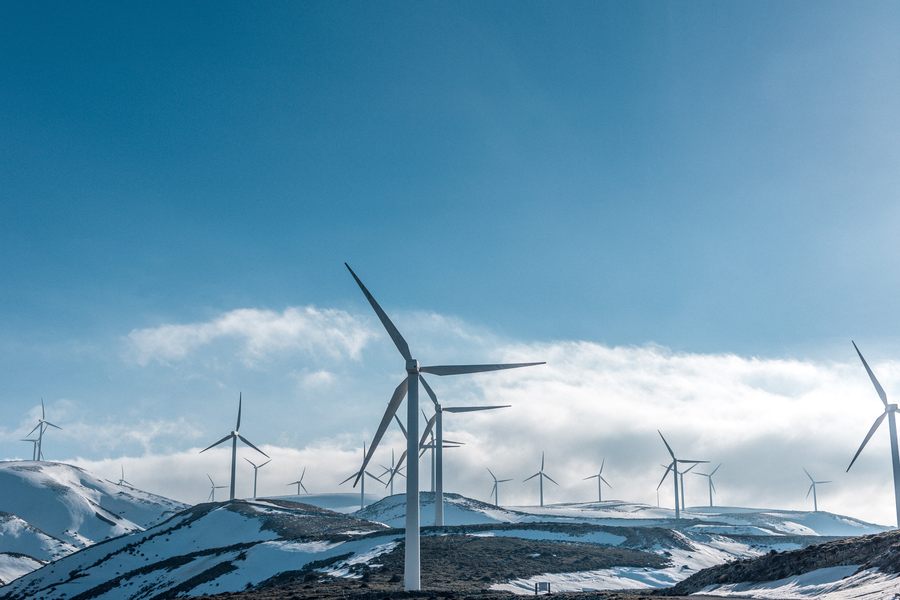
Definition of Renewable Energy
Renewable energy sources are those natural resources that can be used to produce electricity or other forms of energy without the risk of depletion because they can be constantly replenished or replaced.
Solar energy, wind, tides and waves are examples of resources that can be considered renewable.
Difference Between Green and Clean Energy
There is a subtle difference between green and clean energy.
Clean energy refers exclusively to energy sources that do not produce greenhouse gases but may indirectly harm the environment. On the other hand, Green energy is a more comprehensive way to address energy sources. They include renewable energy systems that do not produce greenhouse gas or environmental pollutants and have zero impact on ecosystems and lands.
This article will explore some of the alternative energy sources to fossil fuels and, in simple words, try to identify if they are truly sustainable.
Solar Energy
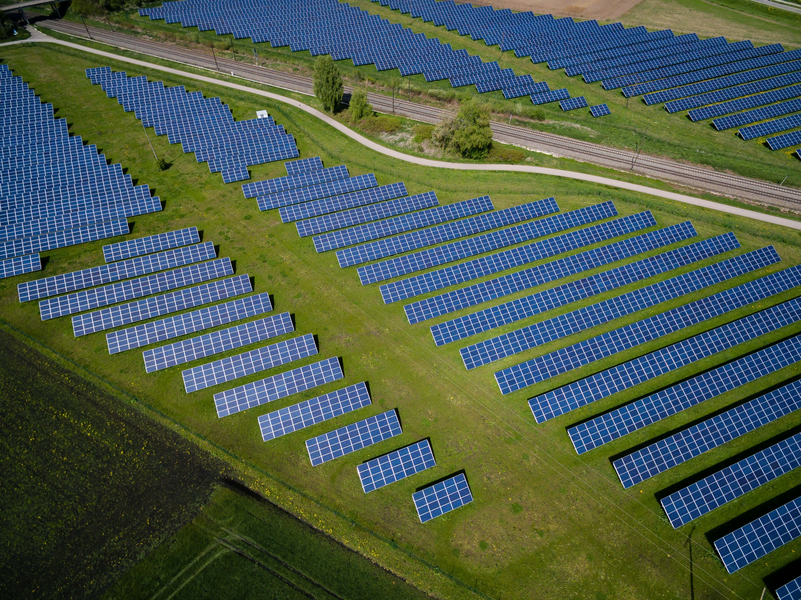
Solar energy is the cleanest and most abundant renewable energy source available, and it can be used in several forms to help power your home, business or community.
Solar energy technologies have been around for many years and continuously improving. Solar photovoltaic (PV) panels convert sunlight into electricity.
A single PV panel can generate enough power to light a small home or business office. Solar PV panels are now more efficient than ever, and solar thermal systems have become more affordable.
Although solar energy is an entirely renewable resource that doesn’t produce harmful emissions, there are still some disadvantages to using solar power.
One of the main disadvantages is that solar panels can be expensive to install, especially if we are looking for a system that produces a vast amount of energy. Solar panels must also be regularly cleaned and maintained to keep them working correctly, which can add to the cost. Also, solar power relies on sunlight, which is not always available.
Solar panels are made from silicon, which is a scarce resource. In addition, they require land to allocate the panels and generate enough electricity to reach a high production level.
Wind Energy
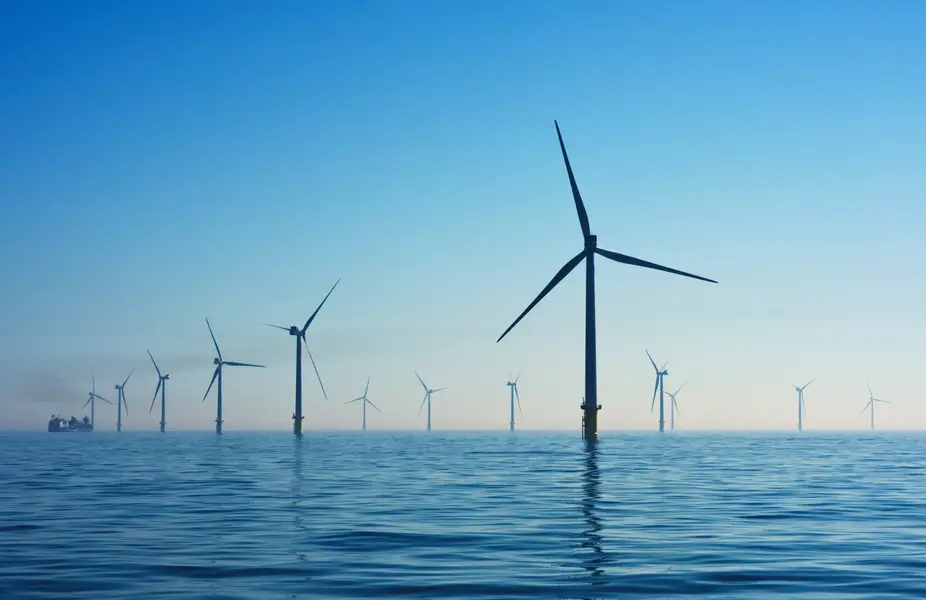
The wind energy system relies on turbines. The wind turns the blades of the turbine, which spins a shaft connected to the generator, the generator then produces electricity.
The amount of electricity a wind turbine can generate depends on the turbine’s size and wind speed. The average turbine is about 330 feet tall and has approximately 170 feet long blades. Generally, the bigger the turbines, the more efficient and productive they can be. A typical turbine produces enough electricity in one year to power 1000 households.
A typical small home wind turbine can generate about 10 kilowatts of electricity in a strong wind.
Turbines do not produce greenhouse gases, making wind energy systems a clean energy source. Although wind is only sometimes available, it can be considerd one of the most important renewable energy sources.
There are a few disadvantages to wind energy. One is that it’s slightly more expensive to set up than other forms of energy like solar. Another potential downside is that it can be difficult to predict when the wind will blow, so there’s always the possibility that a wind farm will generate less power than expected. Finally, some people don’t like the look of large wind turbines, and they can be potentially disruptive to wildlife.
Furthermore, building and erecting wind turbines require materials like steel, fibreglass, copper, and others that have a potential environmental impact.
Hydrogen Gas Energy
Hydrogen gas is a clean-burning fuel that produces no harmful emissions when burned (Just water and air).
There are three primary sources of hydrogen gas: water, biomass, and natural gas. Water is the most abundant source of Hydrogen on Earth and extraction happens through electrolysis. This process uses electricity to split water molecules into their constituent parts: Hydrogen and oxygen. The resulting hydrogen gas can then be used as fuel.
While hydrogen gas holds some promise as a sustainable energy source, some challenges still need to be addressed before it can be widely adopted.
Hydrogen is one of the most challenging elements to store and transport, which makes production potentially expensive.
Hydrogen production using solar or other renewable energy makes it virtually carbon neutral, but is it green? Will we run out of water making Hydrogen?
There is debate in the scientific world about the actual impact on water consumption and depletion because of hydrogen extraction.
Nuclear Energy
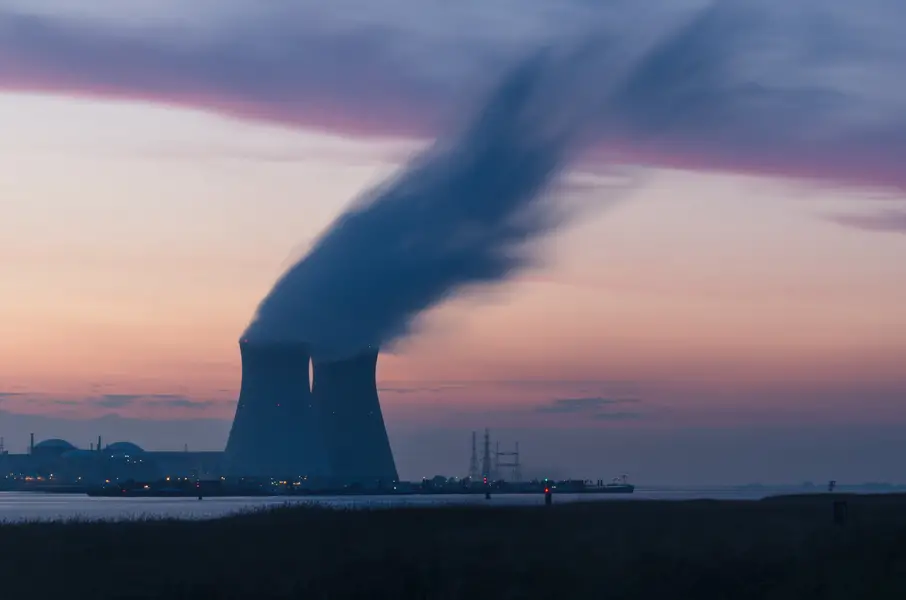
Nuclear power is a type of energy that is produced by the splitting of atoms.
Nuclear power plants use nuclear fission to create heat. This heat is then used to boil water, which makes steam. The steam turns turbines, which generate electricity. Most nuclear power plants use uranium as their fuel because it is easy to split its atoms.
Nuclear power is a source of energy that has both advantages and disadvantages. The main advantage of nuclear power is that it produces large amounts of energy with a small amount of fuel. Nuclear power plants can generate electricity at a lower cost than other power production systems. Another advantage of nuclear power is that it doesn’t produce greenhouse gases.
However, there are also some disadvantages to nuclear power. One drawback is that atomic accidents can cause severe environmental damage.
Nuclear waste can remain radioactive for thousands of years, and we don’t yet have good ways to store it safely. Finally, the production of atomic weapons uses some of the same technologies as nuclear power, so there is always the potential for proliferation.
Ultimately nuclear power may not be a sustainable energy sources in the long term because uranium is a non-renewable resource. Once it is used, it is gone forever. It is crucial to use uranium wisely and to find alternative energy sources.
Biomass Energy
Biomass is a renewable energy source produced from organic materials like plants, wood, or waste.
When biomass burns, it releases energy in the form of heat that can be used to generate electricity or produce steam for industrial processes. Biomass can also be converted into biofuels like ethanol and biodiesel, which can be used to power vehicles.
Biomass energy can be renewable but requires land for growing plants and other sources of organic materials. Furthermore, the transport of biogas is challenging and makes production expensive.
Some biogas plants must use fossil fuels to make production efficient.
Burning biomass also releases carbon monoxide, carbon dioxide, and other pollutants creating smog and making biomass energy not clean.
Geothermal Power
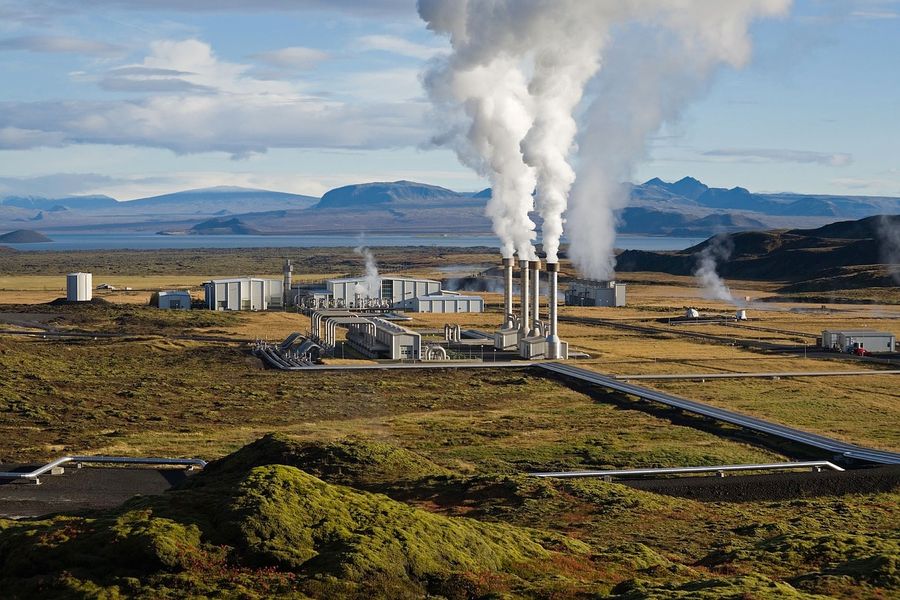
Geothermal energy is a form of energy energy coming from the heat of the Earth’s core. Geothermal power plants use steam from hot water reservoirs deep underground to drive turbines that generate electricity. However, the fluids pumped from the Earth are not unlimited and must be replenished, meaning that this form of energy may be only partially renewable.
Geothermal energy is considered a clean form of energy because it emits very low levels of greenhouse gases and does not require burning fossil fuels. However, drilling for geothermal construction can release, although in small quantity, GHG.
One disadvantage of geothermal energy is that it can only be used in certain areas. Geothermal power plants need to be built near areas where there is heat coming from the Earth, meaning that geothermal plants can’t be built everywhere.
Geothermal systems for houses have been developed and are gaining some traction in recent years.
Hydroelectric Energy

Hydroelectric energy is a process that uses water to create electricity. The water is stored in a reservoir, and when it is released, it goes through a turbine that turns a generator, producing power. The power is then sent to the transformer, turning it into usable electricity.
Hydroelectricity is produced with the help of waterfalls, dams, and rivers and can be reused repeatedly, making it a renewable energy source.
The main advantage of hydroelectricity is that it does not produce any greenhouse gases making this system a clean energy alternative. Hydroelectricity is also very efficient, reliable, and cost-effective.
But is Hydroelectric Energy Good for the Environment?
There are a few things to consider when answering this question. First, hydroelectric dams can have a significant impact on local ecosystems. Dams can block fish migration routes and change the local water temperature and flow, significantly affecting fish populations and the overall animal ecosystem of the area.
Hydroelectric dams require a lot of concrete and steel, which means they have a large carbon footprint.
Tidal Energy or Wave Energy
Tidal energy is a form of hydropower that converts the energy of tides into electricity or other useful forms of power. The potential for tidal power is promising, as it is a naturally occurring, renewable source of energy that can be harnessed without emitting any greenhouse gases.
There are two main types of tidal energy: barrage and in-stream. Barrage systems use dams to hold back water during high tide, which is then released through turbines to generate electricity during low tide. In-stream systems use the natural flow of tides and waves to generate electricity without impeding water flow.
Both barrage and in-stream systems have been successfully deployed worldwide, providing clean, renewable energy to homes and businesses.
Tidal energy systems are expensive to set up. Furthermore, tidal turbines need to be built in coastal areas with strong tides making these systems not broadly implementable.
Constructing tidal and wave turbines can also damage marine habitats and disrupt local ecosystems.
Sustainable Energy – Conclusions
In conclusion, there is a constantly increasing necessity to find a way to replace fossil fuels. We need to do this for the sake of our environment and future generations.
There is a need to stop relying on fossil fuels and find a sustainable energy system.
Unfortunately, the perfect energy source that is at the same time renewable, clean and without impacting the environment has yet to be available.
However, many different energy systems have already been investigated and developed. Some of them are promising, while others need to be refined to allow the creation and implementation of sustainable energy systems, satisfy the world population’s energy requirements, protect the planet and help future generations.


